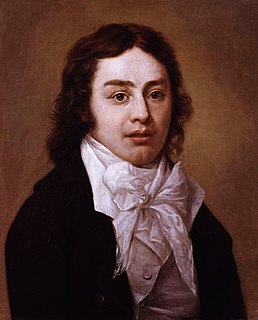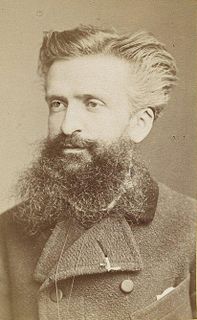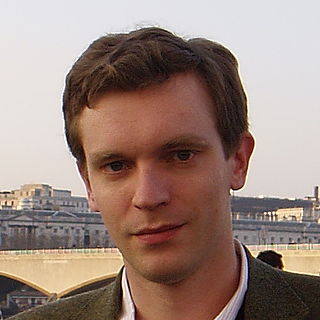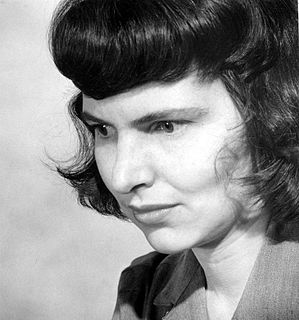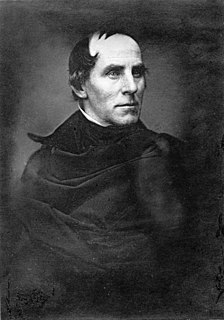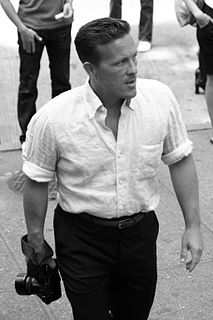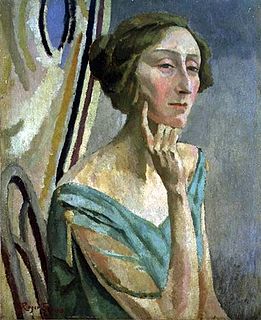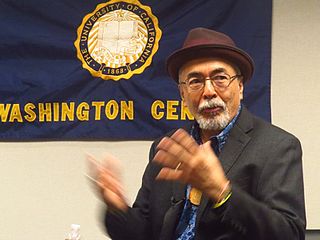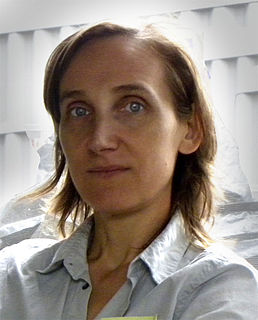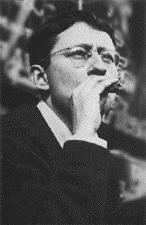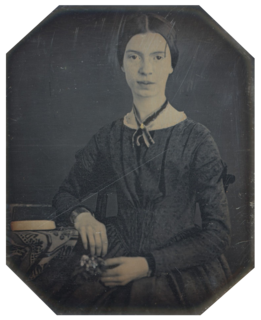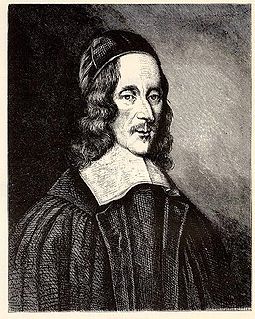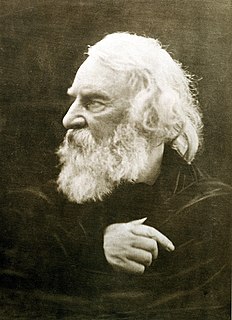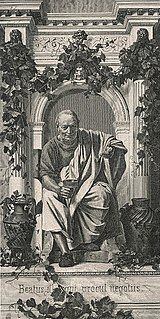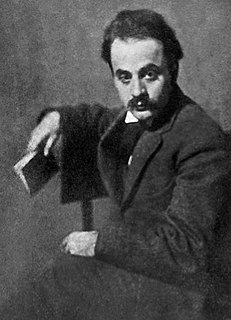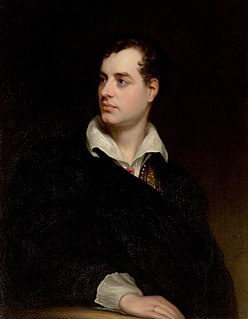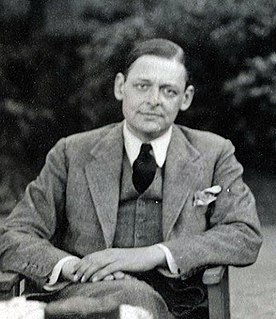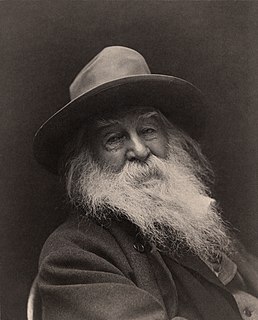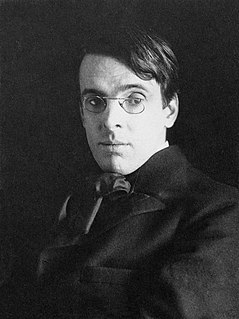A Quote by Samuel Taylor Coleridge
It has been observed before that images, however beautiful, though faithfully copied from nature, and as accurately represented in words, do not of themselves characterize the poet. They become proofs of original genius only as far as they are modified by a predominant passion; or by associated thoughts or images awakened by that passion; or when they have the effect of reducing multitude to unity, or succession to an instant; or lastly, when a human and intellectual life is transferred to them from the poet's spirit.
Quote Topics
Accurately
As Far As
Associated
Awakened
Beautiful
Become
Been
Before
Characterize
Effect
Faithfully
Far
Genius
However
Human
Images
Instant
Intellectual
Intellectual Life
Life
Life Is
Modified
Multitude
Nature
Observed
Only
Original
Passion
Poet
Predominant
Reducing
Spirit
Succession
Them
Themselves
Though
Thoughts
Transferred
Unity
Words
Related Quotes
The poet presents the imagination with images from life and human characters and situations, sets them all in motion and leaves itto the beholder to let these images take his thoughts as far as his mental powers will permit. This is why he is able to engage men of the most differing capabilities, indeed fools and sages together. The philosopher, on the other hand, presents not life itself but the finished thoughts which he has abstracted from it and then demands that the reader should think precisely as, and precisely as far as, he himself thinks. That is why his public is so small.
A crowd thinks in images, and the image itself calls up a series of other images, having no logical connection with the first...A crowd scarcely distinguishes between the subjective and the objective. It accepts as real the images invoked in its mind, though they most often have only a very distant relation with the observed facts....Crowds being only capable of thinking in images are only to be impressed by images.
At birth we begin to discover that shapes, sounds, lights, and textures have meaning. Long before we learn to talk, sounds and images form the world we live in. All our lives, that world is more immediate than words and difficult to articulate. Photography, reflecting those images with uncanny accuracy, evokes their associations and our instant conviction. The art of the photographer lies in using those connotations, as a poet uses the connotations of words and a musician the tonal connotations of sounds.
And rural nature is full of the same quickening spirit-it is, in fact, the exhaustless mine from which the poet and the painter have brought such wondrous treasures-an unfailing fountain of intellectual enjoyment, where all may drink, and be awakened to a deeper feeling of the works of genius, and a keener perception of the beauty of our existence. For those whose days are all consumed in the low pursuits of avarice, or the gaudy frivolities of fashion, unobservant of nature's loveliness, are unconscious of the harmony of creation
It is not the poet's business to save man's soul but to make it worth saving . . . However, few poets have written with a clear theory of art for art's sake, it is by that theory alone that their work has been, or can be, judged; -and rightly so if we remember that art embraces all life and all humanity, and sees in the temporary and fleeting doctrines of conservative or revolutionary only the human grandeur or passion that inspires them.
I did a different size of photograph at the FIAT gallery - this time the images are 30" by 40," so they're maybe like four times the size of images I've shown before in a gallery. I just saw them now, and once they're in the mat and the frame, they're just beautiful. It's funny because even though it's closer to life-sized, to me anyway, they become not necessarily anymore about the person, but they almost become a little more heroic.
Isn't it curious how one has only to open a book of verse to realise immediately that it was written by a very fine poet, or else that it was written by someone who is not a poet at all. In the case of the former, the lines, the images, though they are inherent in each other, leap up and give one this shock of delight. In the case of the latter, they lie flat on the page, never having lived.
When the brain is working to remember something, similar patterns of neurons fire as they did during the perception of the original event. These networks are linked, and each time we revisit them, they become stronger and more associated. But they need the proper retrieval cues--words, smells, images-- for them to be brought back as memories
Ancient portraits are symbolic images without any immediate relation to the individuals represented; they are not portraits as we understand them. It is remarkable that philologists who are capable of carrying accuracy to the extremes in the case of words are as credulous as babies when it comes to "images," and yet an image is so full of information that ten thousands words would not add up to it.
We’re face to face with images all the time in a way that we never have been before... Young people need to understand that not all images are there to be consumed like fast food and then forgotten – we need to educate them to understand the difference between moving images that engage their humanity and their intelligence, and moving images that are just selling them something.
In societies where modern conditions of productions prevail, all of life presents itself as an immense accumulation of spectacles. Everything that was directly lived has moved away into representation. The images detached from every aspect of life fuse in a common stream in which the unity of this life can no longer be re-established. Reality considered partially unfolds, in its own general unity as a pseudo-world apart, an object of mere contemplation . . . The spectacle is not a collection of images, but a social relation among people, mediated by images.
